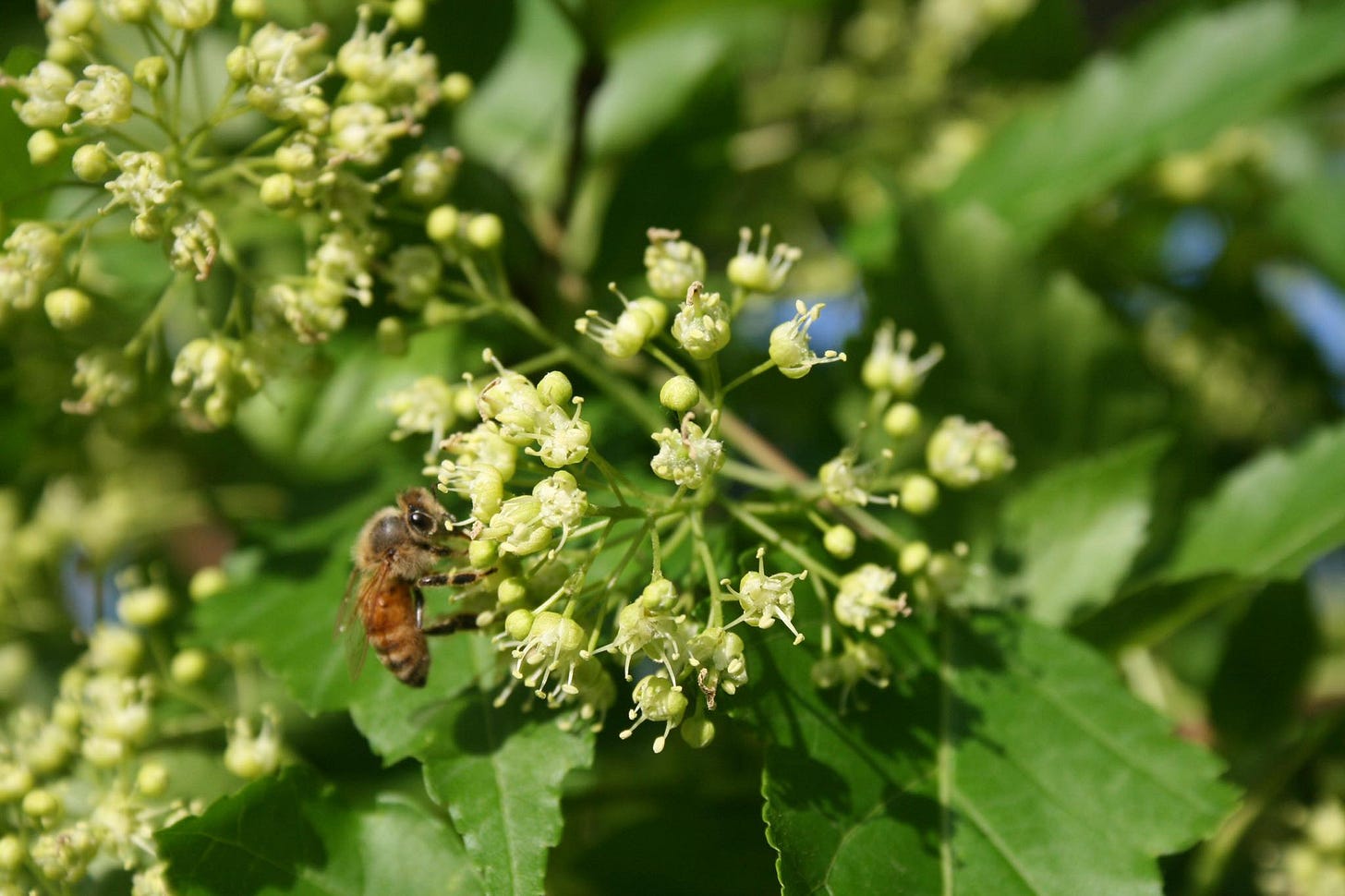The Biggest Threats to Honeybees
How Subscribing to BeeAttitudes.buzz Can Help
The Biggest Threats to Honeybees & How Subscribing to BeeAttitudes.buzz Can Help
Honeybees are essential pollinators, playing a critical role in our food systems and ecosystems. Unfortunately, these hardworking insects face numerous threats that jeopardize their populations. Understanding these challenges is the first step toward helping them thrive. Here are some of the biggest dangers honeybees encounter and how subscribing to BeeAttitudes.buzz and using our resources can help protect your bees.
1. Varroa Mites: The Silent Killer
Varroa destructor mites are one of the leading causes of honeybee colony losses. These external parasites attach to bees, feeding on their bodily fluids and transmitting deadly viruses. Left untreated, Varroa infestations can decimate entire hives.
How BeeAttitudes.buzz Can Help:
Our online resources provide step-by-step guides on how to monitor for mites using alcohol washes or sugar roll tests.
We offer educational materials and courses on Integrated Pest Management (IPM) strategies, including drone brood removal and selective breeding for mite-resistant bees.
Get expert advice on using effective treatments such as oxalic acid or formic acid when mite loads become high.
2. Pesticides & Chemical Exposure
Many agricultural pesticides, particularly neonicotinoids, have been linked to bee population declines. These chemicals can weaken immune systems, disrupt navigation, and impair colony reproduction.
How BeeAttitudes.buzz Can Help:
Learn how to create pesticide-free foraging areas with our bee-friendly gardening guides.
We are building information on supporting organic and regenerative farming practices.
Stay informed about advocacy efforts and policies that aim to reduce harmful pesticide use.
3. Habitat Loss & Lack of Forage
Urbanization, monoculture farming, and land development have reduced the availability of diverse, nectar-rich flowers for bees to feed on.
How BeeAttitudes.buzz Can Help:
Our resources provide guidance on planting pollinator-friendly gardens with a variety of native flowers.
We are building a network of conservation projects that protect and restore bee habitats.
Subscribe for regular updates on how to maintain year-round food sources for your bees.
4. Climate Change & Extreme Weather
Changing weather patterns, droughts, and rising temperatures are impacting bee foraging patterns, blooming cycles, and hive survival.
How BeeAttitudes.buzz Can Help:
Get tips on providing water sources and climate-adaptive forage options.
Our educational materials cover strategies for managing hives during extreme weather conditions.
Join our community to stay informed about conservation initiatives aimed at combating climate change.
5. Poor Beekeeping Practices & Stress
Commercial beekeeping practices, including excessive hive transportation, poor nutrition, and overcrowding, can contribute to colony stress and increased susceptibility to disease.
How BeeAttitudes.buzz Can Help:
Learn about sustainable, ethical beekeeping techniques through our online courses.
Receive guidance on how to manage hives efficiently while ensuring minimal stress on the colony.
Join a community of responsible beekeepers who share best practices and support one another.
6. Diseases & Pathogens
Honeybees are susceptible to a variety of bacterial, fungal, and viral infections, including American Foulbrood, Nosema, and Deformed Wing Virus (DWV).
How BeeAttitudes.buzz Can Help:
Access in-depth training on hive health monitoring and disease prevention.
Learn proper beekeeping hygiene and biosecurity practices to keep your hives safe.
Get expert advice on early detection and effective treatment strategies.
The Future of Honeybees is in Our Hands
While honeybees face significant challenges, there is still hope. Through responsible beekeeping, conservation efforts, and advocacy, we can help ensure that these essential pollinators continue to thrive.
🐝 Subscribe to BeeAttitudes.buzz today to access expert resources, educational content, and a community dedicated to protecting honeybees!





